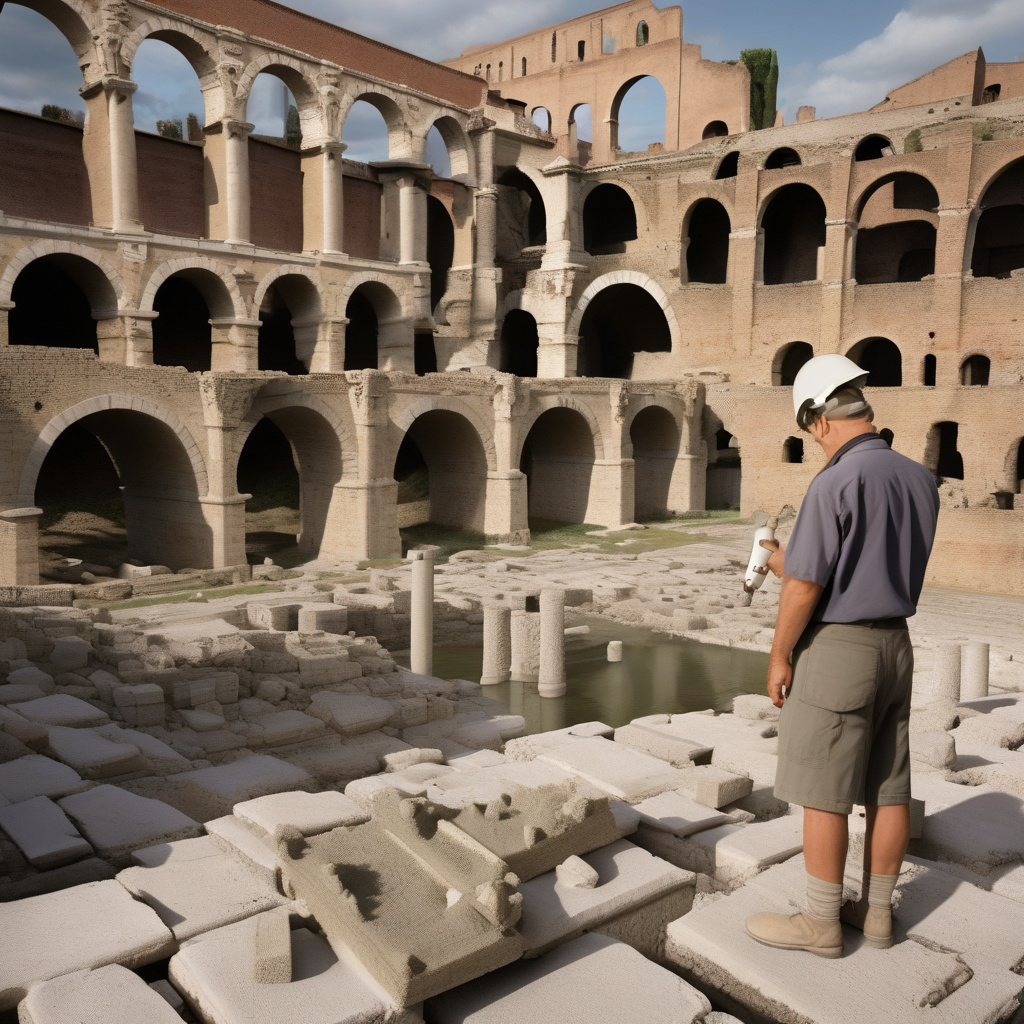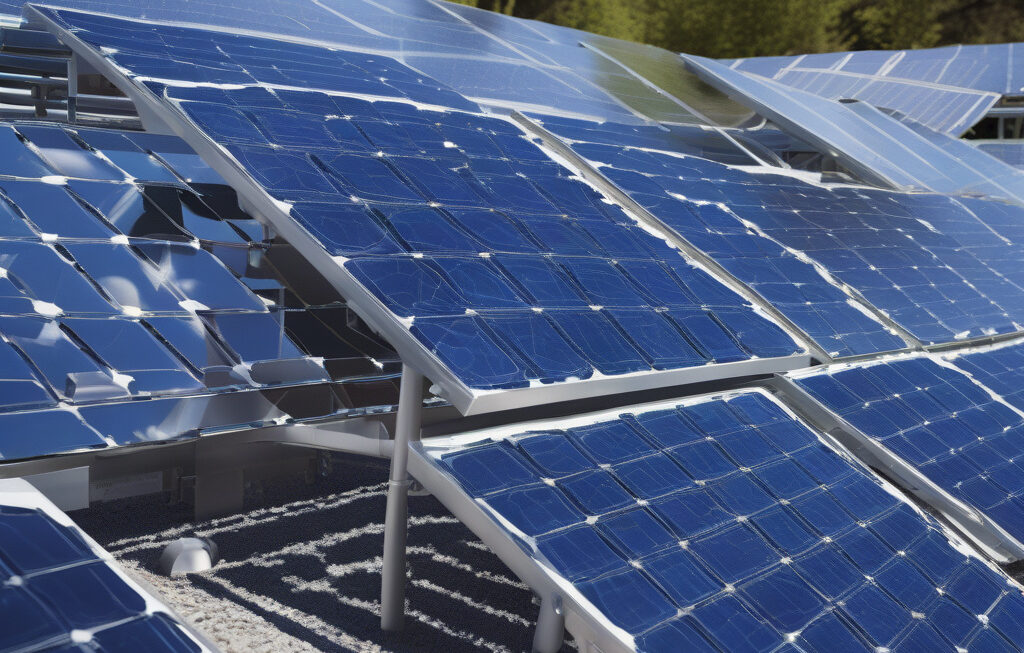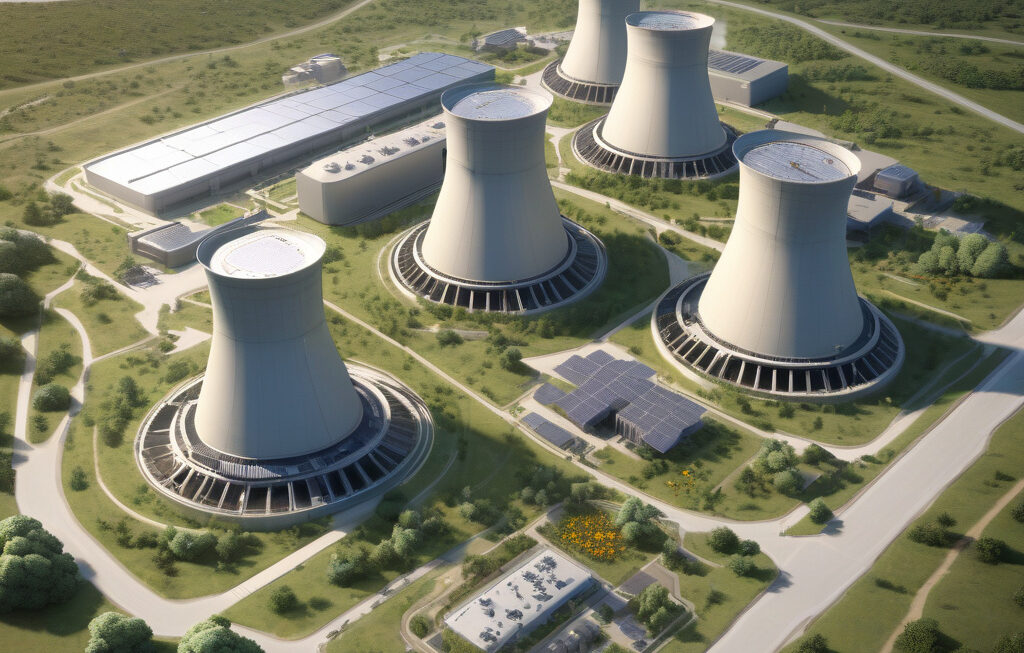Heightened durability of Roman concrete could help build sustainable future: Study
Ancient Roman concrete has stood the test of time, with structures like the Pantheon and the Colosseum still standing strong after thousands of years. Researchers have long been fascinated by the exceptional durability of Roman concrete, and a recent study suggests that incorporating ancient Roman concrete production strategies with modern-day ideas could pave the way for a more sustainable future in construction.
In a world where sustainability is becoming increasingly important, the construction industry is under pressure to find ways to reduce its environmental impact. Traditional concrete, while versatile and widely used, has a significant carbon footprint due to the large amount of CO2 emitted during its production. Roman concrete, on the other hand, is known for its longevity and resistance to the elements, making it a promising alternative for sustainable construction practices.
One of the key ingredients that sets Roman concrete apart is volcanic ash, which reacts with seawater to form a rare mineral called aluminum tobermorite. This mineral strengthens the concrete over time, making it more durable than modern concrete. By studying ancient Roman concrete production techniques and understanding the chemical processes that occur within the material, researchers have been able to gain valuable insights into how to improve the durability and sustainability of modern concrete.
By incorporating volcanic ash and other additives into concrete mixtures, researchers believe that they can enhance the strength and longevity of modern concrete structures. This not only reduces the need for frequent repairs and replacements but also contributes to a significant decrease in carbon emissions associated with concrete production.
Furthermore, the use of Roman concrete techniques aligns with the principles of circular economy, where materials are reused and recycled to minimize waste and environmental impact. By taking inspiration from ancient practices and combining them with modern innovations, the construction industry can move towards a more sustainable future.
In addition to its durability and sustainability, Roman concrete also offers aesthetic benefits. Its unique texture and color have long been admired in historical structures, adding a touch of elegance and timelessness to architectural designs. By incorporating Roman concrete techniques into modern construction projects, architects and builders can create structures that not only stand the test of time but also exude a sense of beauty and sophistication.
As the demand for sustainable construction practices continues to grow, the lessons learned from ancient Roman concrete are more relevant than ever. By harnessing the durability and longevity of Roman concrete and combining it with modern innovations, we can build a more sustainable future for generations to come.
In conclusion, the heightened durability of Roman concrete presents a valuable opportunity to revolutionize the construction industry and pave the way for a more sustainable future. By blending ancient techniques with modern ideas, we can create structures that are not only resilient and long-lasting but also environmentally friendly. As we strive towards a greener and more sustainable world, the lessons from ancient Rome remind us that the key to building a better future may lie in the past.
Roman concrete, sustainable construction, durability, modern innovations, circular economy












